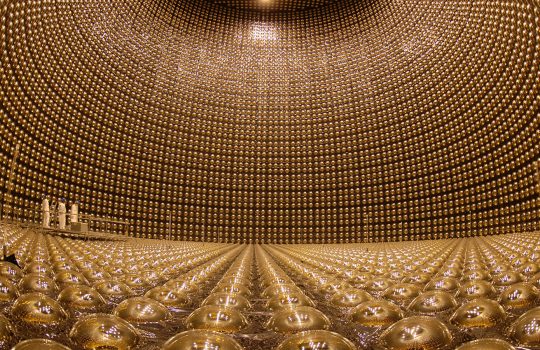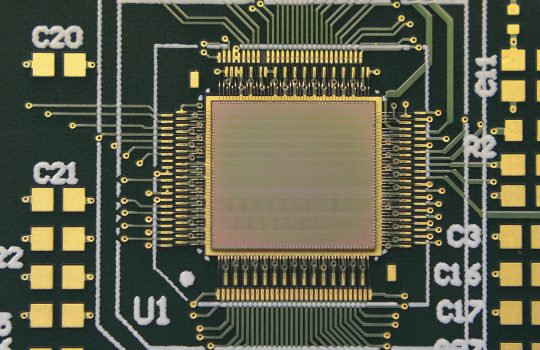Antimatter discovery reveals clues about the universe’s beginning
From Scientific American, April 23, 2020: New evidence from neutrinos points to one of several theories about why the cosmos is made of matter and not antimatter. Fermilab scientists Marcela Carena and Jessica Turner and DUNE spokesperson Ed Blucher weigh in.


